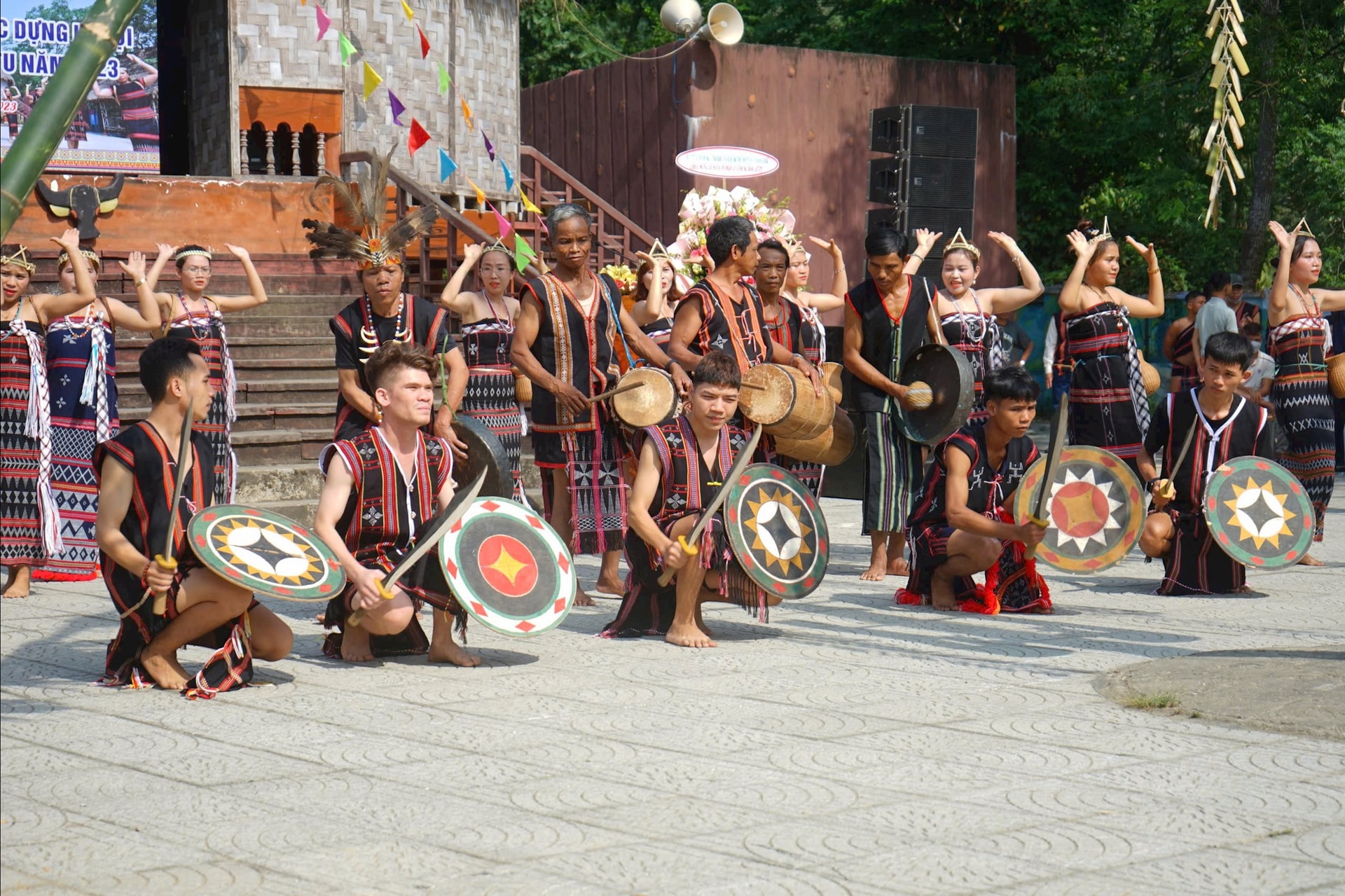
When Ho Thi Thanh Toa introduced to students the culture of the Co Tu people in Hoa Bac (Hai Van ward) with brocade weaving and patterns on the fabric, along with the tan tung da da dance or when she talked about the linh fish and the identity of preserving this fish, no one recognized that it was Thanh Toa, Head of the Front Work Committee of Gian Bi village.
Standing before everyone was a woman who loved her homeland passionately, cultivating her own knowledge to introduce to tourists about her hometown's customs and practices, about the primeval forest and the people's lives that depend on the vegetation under the forest canopy, about the precious medicinal plants that the Co Tu people have preserved for many generations.
Nearly 10 years working as a tour guide for tourist groups, studying, is also the same amount of years Toa has self-studied, read a lot of documents about Ba Na Nui Chua forest, about the indigenous culture of his hometown to be able to confidently introduce it to strangers.
Since Hoa Bac had the Community Tourism Cooperative, Toa has been one of 30 affiliated members, the leader of the village's art troupe, specializing in serving tourist groups when they want to enjoy the traditional songs and dances of the Co Tu people, introducing indigenous culture to tourists and running the brocade weaving cooperative.
Developing community ecotourism helps improve people’s lives. Thanh Toa said that her work takes place during several months of the dry season, bringing in a small income, but it is the motivation for many Co Tu people to confidently introduce their culture as cultural products.
Among those who spread the movement of community ecotourism among the Co Tu people in the two villages of Gian Bi and Ta Lang, we must mention the pioneer Dinh Van Nhu with the homestay Dinh Van Nhu through the community ecotourism model, contributing to solving jobs for more than 50 members associated with professional groups such as brocade weaving, knitting, cuisine , and gongs.
In the past, people's lives mainly depended on slash-and-burn farming and hired labor. Now they can raise chickens, catch fish, pick wild vegetables to sell to tourists, in addition to making and selling souvenirs or weaving brocade.
People increase their income and can preserve traditional culture, teach culture to the young generation naturally without being urged or forced. Preserving and developing indigenous culture therefore not only enriches each person or village, but also enriches the spiritual and cultural life of the Co Tu people.
Source: https://baodanang.vn/ban-sac-tro-thanh-sinh-ke-3308287.html


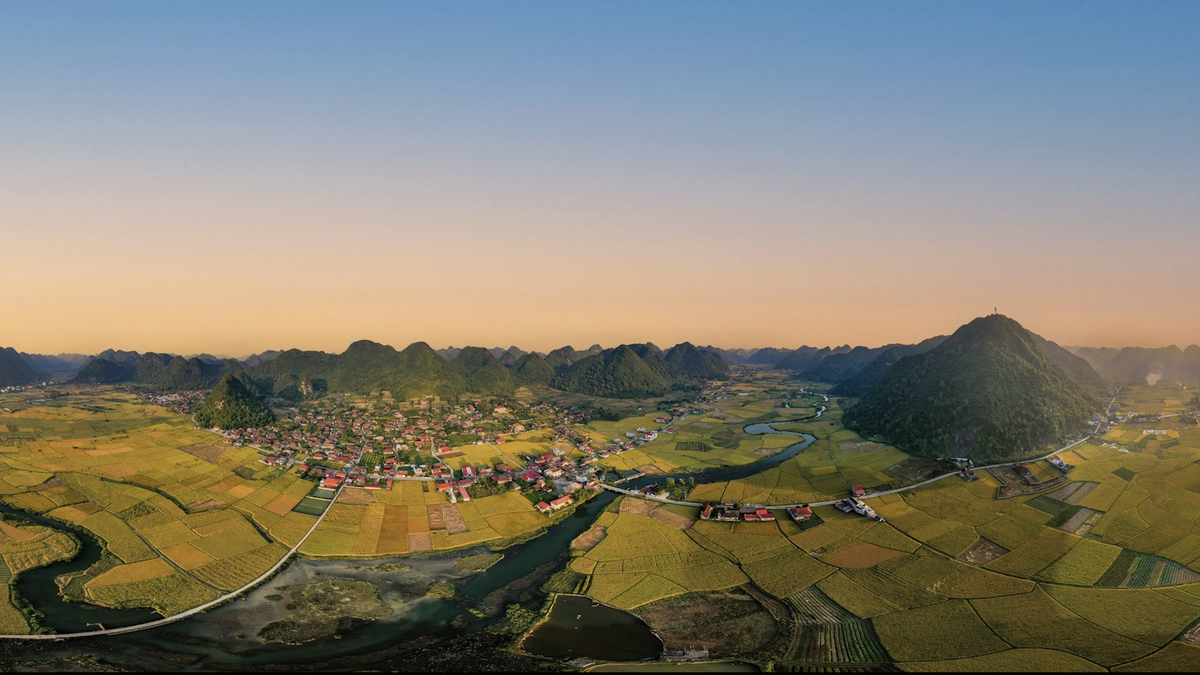
![[Photo] General Secretary To Lam received the delegation attending the international conference on Vietnam studies](https://vphoto.vietnam.vn/thumb/1200x675/vietnam/resource/IMAGE/2025/10/26/1761456527874_a1-bnd-5260-7947-jpg.webp)

![[Photo] Nhan Dan Newspaper displays and solicits comments on the Draft Documents of the 14th National Party Congress](https://vphoto.vietnam.vn/thumb/1200x675/vietnam/resource/IMAGE/2025/10/26/1761470328996_ndo_br_bao-long-171-8916-jpg.webp)
![[Photo] Enjoy the Liuyang Fireworks Festival in Hunan, China](https://vphoto.vietnam.vn/thumb/1200x675/vietnam/resource/IMAGE/2025/10/26/1761463428882_ndo_br_02-1-my-1-jpg.webp)

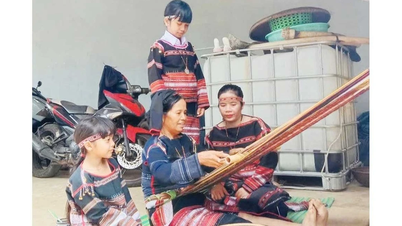

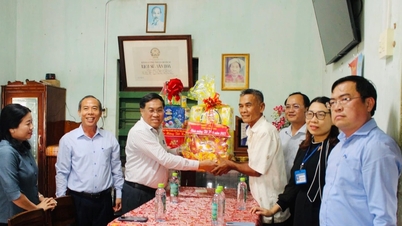



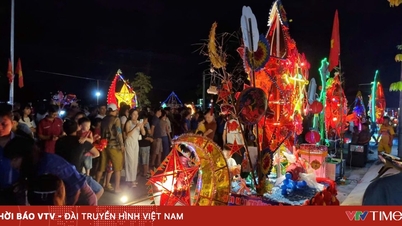

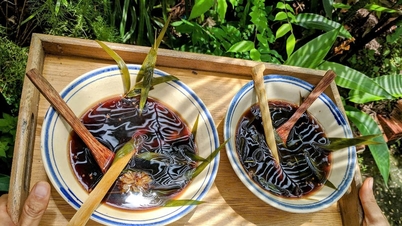
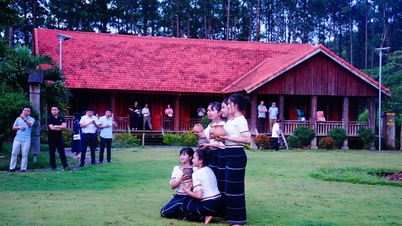

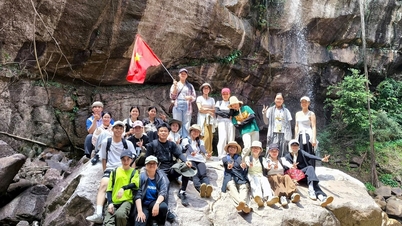

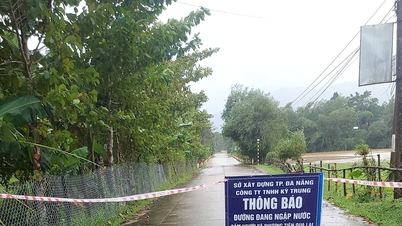
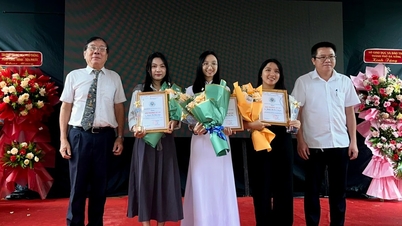

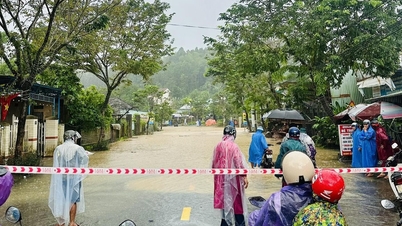






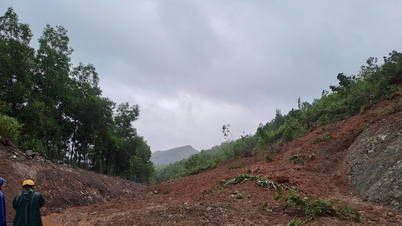
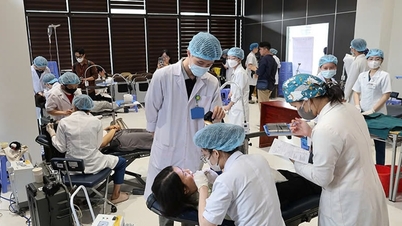
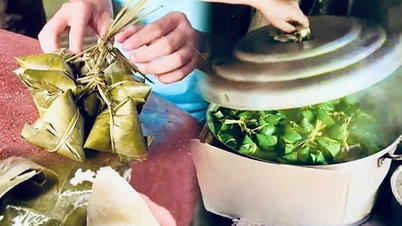
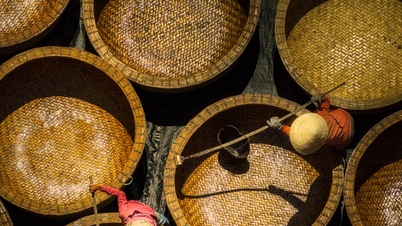
![[Photo] Prime Minister Pham Minh Chinh attends the opening of the 47th ASEAN Summit](https://vphoto.vietnam.vn/thumb/1200x675/vietnam/resource/IMAGE/2025/10/26/1761452925332_c2a-jpg.webp)
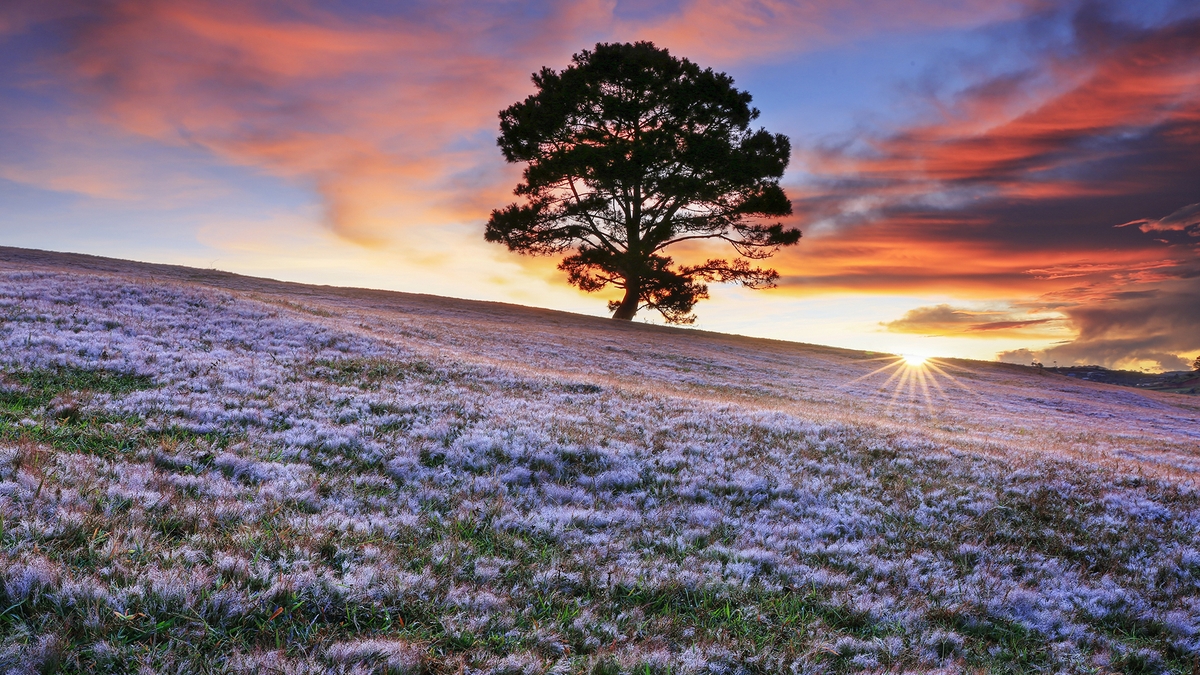
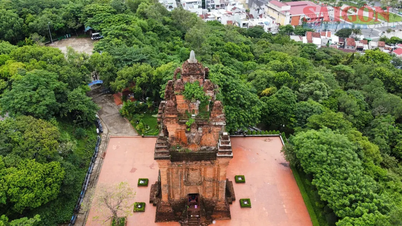

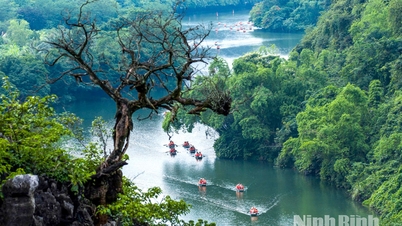



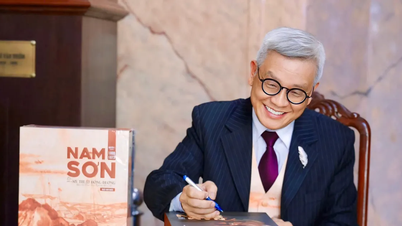




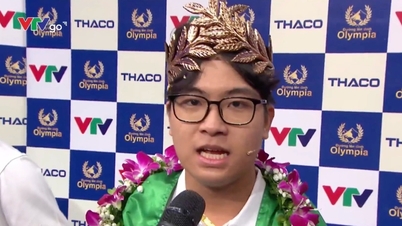


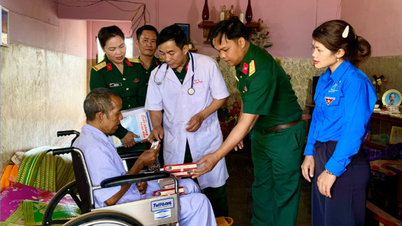



















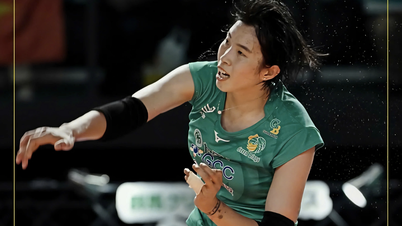
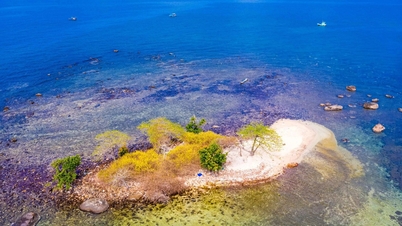

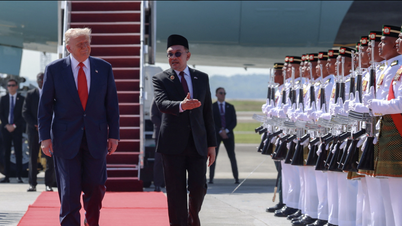
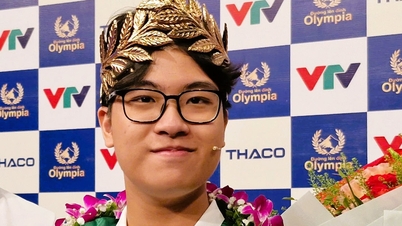
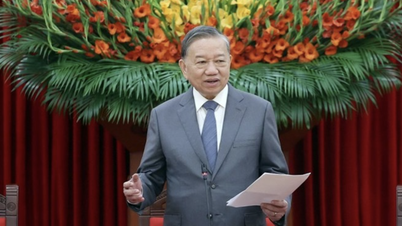

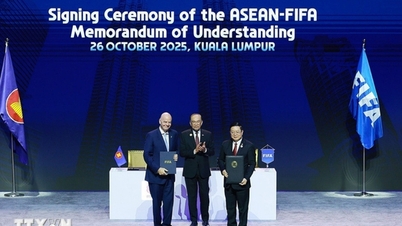

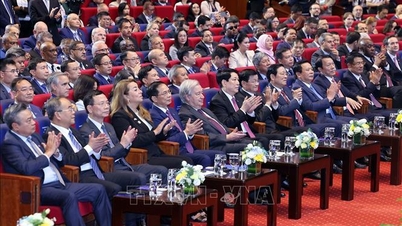

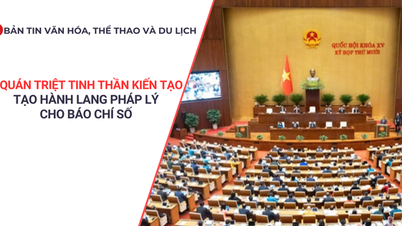
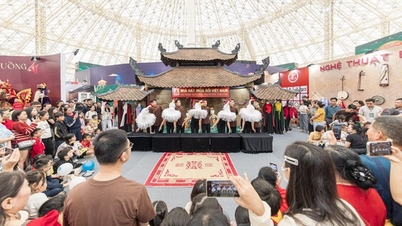


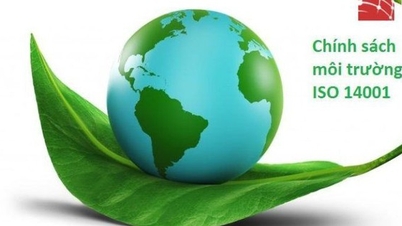
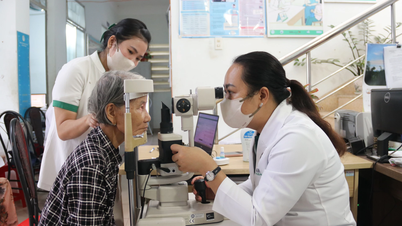



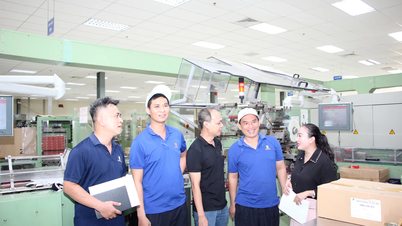

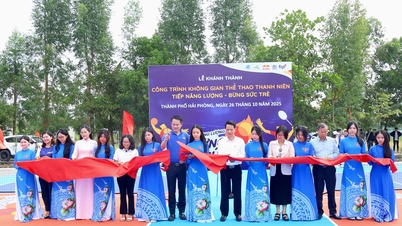













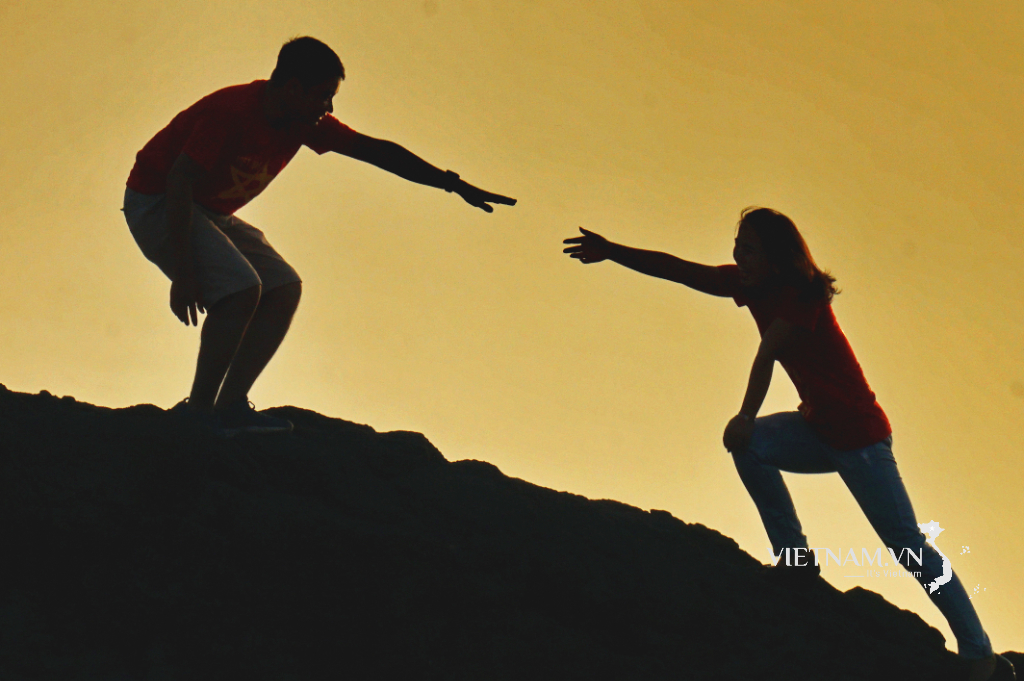
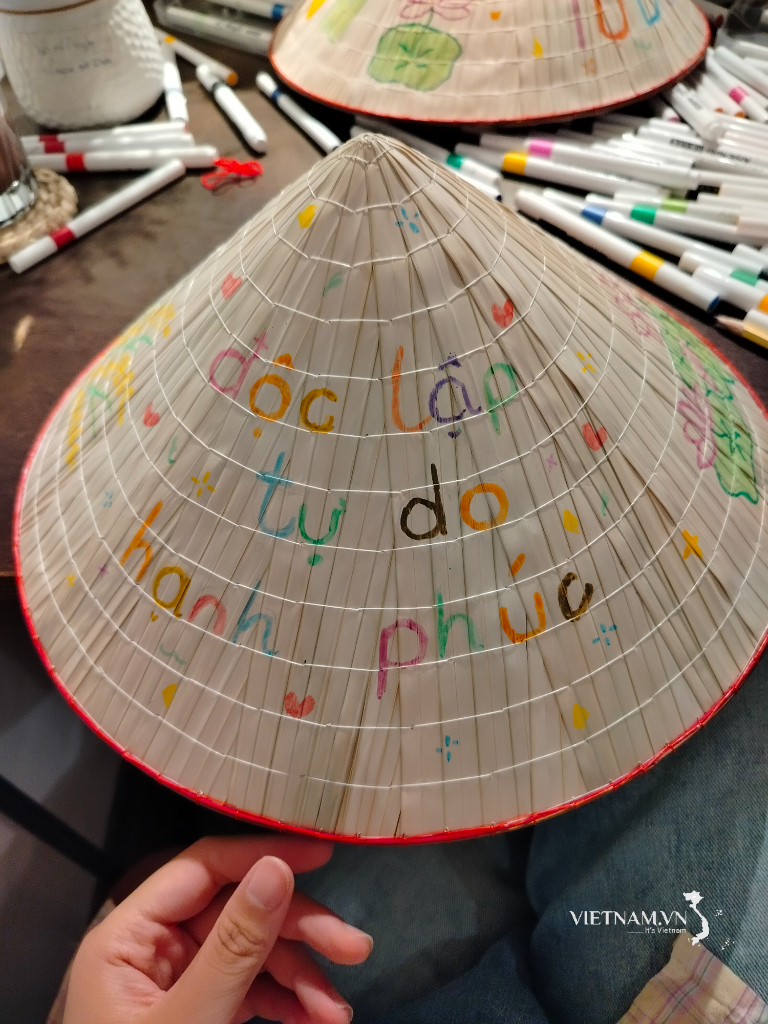


Comment (0)